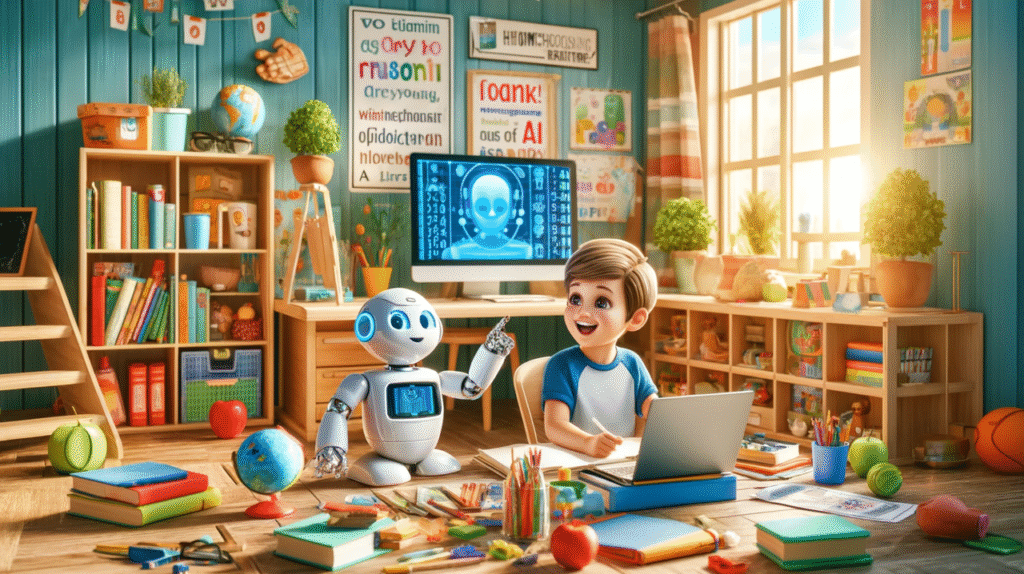The traditional one-size-fits-all education model is crumbling. By 2025, over 2 million students in the U.S. will be enrolled in microschools—small, personalized learning environments that replace conventional classrooms with tailored, student-driven education. Fueled by parental demand for flexibility, AI-driven adaptive learning, and dissatisfaction with standardized testing, this movement is reshaping K-12 education.
This 3,500-word guide explores:
✔ Why microschools are growing 40% annually
✔ How AI personalizes learning for each student
✔ Cost comparisons vs. public/private schools
✔ The future of education in a post-classroom world
1. What Are Microschools? (And Why They’re Exploding in Popularity)
A. Definition & Key Features
- Small cohorts (5-15 students per “class”)
- Mixed-age learning (personalized pacing)
- Hybrid schedules (in-person + online)
- Project-based curricula (real-world skills focus)
B. Growth Statistics
| Year | # of Microschools | Enrollment |
|---|---|---|
| 2020 | 2,500 | 150,000 |
| 2025 (est.) | 15,000+ | 2M+ |
Source: National Microschooling Center
C. Top Reasons Parents Choose Microschools
- Dissatisfaction with traditional schools (68%)
- Desire for customized learning (57%)
- Concerns over bullying/safety (49%)
2. How Personalized Learning Works in Microschools
A. AI-Powered Adaptive Platforms
| Tool | Function | Impact |
|---|---|---|
| Alta by Knewton | Adjusts math problems in real-time | 2.3x faster mastery |
| Century Tech | Identifies knowledge gaps via AI | 38% higher test scores |
| Squirrel AI | Creates unique learning paths | Reduces frustration by 65% |
B. Mastery-Based Progression
- No grade levels—students advance upon mastering skills
- Example: A 10-year-old could be learning 5th-grade math and 7th-grade reading
C. Real-World Skill Integration
- Entrepreneurship projects (running small businesses)
- Apprenticeships with local professionals
3. Cost Comparison: Microschools vs. Traditional Options
| Model | Avg. Annual Cost | Key Benefits |
|---|---|---|
| Public School | $0 (tax-funded) | Standardized curriculum |
| Private School | $15,000-$50,000 | Smaller class sizes |
| Microschool | $5,000-$20,000 | Fully personalized, flexible |
Note: Many microschools offer sliding-scale tuition and ESA/school choice funding
4. The Role of Teachers in Microschools
A. From Lecturers to “Learning Guides”
- 1:1 mentoring vs. whole-class instruction
- Curating resources rather than delivering content
B. New Compensation Models
- Teacherpreneurs running their own microschools
- Hybrid roles (teaching + curriculum design)
5. Challenges & Criticisms
A. Regulatory Hurdles
- Licensing battles in 22 states
- Accreditation uncertainties for college prep
B. Equity Concerns
- Tech requirements for AI platforms
- Rural access limitations
C. Socialization Debates
- Intentional community-building strategies
- Hybrid sports/arts cooperatives emerging
6. The Future of Education (2025-2030)
A. Mainstream Adoption
- Public school districts launching microschool pilots
- Corporate-sponsored microschools (Amazon, Google)
B. Technological Integration
- VR field trips to ancient civilizations
- Blockchain transcripts for skill verification
C. Global Expansion
- Africa’s “school in a box” mobile microschools
- EU’s micro-accreditation system
Conclusion: Is Microschooling Right for Your Family?
Consider If:
✅ Your child learns best at their own pace
✅ You value real-world skills over standardized tests
✅ Flexibility matters more than traditional schedules


